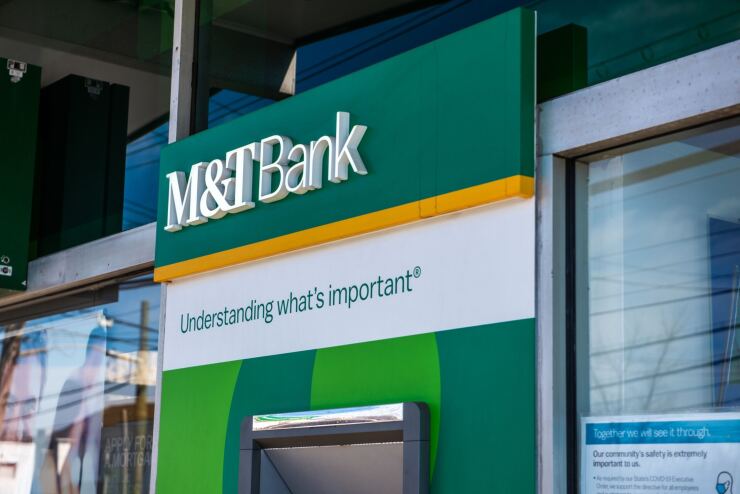
The U.S. economy will slow further this year and settle into a modest growth pattern through 2025, but it will evade a recession, and that bodes well for banks' continued strong credit quality.
That was the latest assessment from the American Bankers Association's Economic Advisory Committee. The panel is composed of 15 top economists from some of North America's largest banks. They collectively expect economic growth at around 2% for both the second half of 2024 and for 2025.
While that would mark a notable slowdown from the 3% growth of the second quarter this year, the consensus outlook pegged near-term recession risk at just 30%, unchanged from the group's last forecast in March.
"Despite expectations for continued growth, the labor market has softened from historically tight levels. That is something that will need to be monitored going forward," Luke Tilley, committee chair and chief economist at M&T Bank's Wilmington Trust, told reporters Monday.
Federal Reserve policymakers in mid-September lowered their benchmark rate by 50 basis points — the first cut since 2020. They had raised rates to tame inflation that topped 9% in 2022. They cited falling inflation since then and job market softening.
The annual pace of inflation slowed to 2.5% last month, close to the Fed's 2% target.
The Labor Department said U.S. employers added
While lower in August, the unemployment rate has risen from 3.4% at the beginning of 2023. Going forward, the ABA committee expects the jobless rate to peak at 4.4% in the first half of 2025.
"When it comes to hitting its dual mandate targets on employment and inflation, the Fed is close to 'mission accomplished,'" Tilley said.
The group expects inflation to continue to glide down. The committee's forecast is that personal consumption expenditures, the Fed's preferred inflation indicator, will meet the Fed's long-term goal of 2% by the second quarter of 2025.
Following the 50 basis point cut in September, the consensus view of the committee is that the Fed will reduce rates by an additional 150 basis points between now and the end of 2025.
"It's the longer-term path that matters more, and our expectation is for the Fed's policy rate — which is still restrictive — to reach a more neutral level by the end of next year," Tilley said.
With lower rates, the committee members expect credit availability to expand and credit quality to remain stable over the next six months. The forecast anticipates bank consumer delinquency rates to remain relatively stable, at 2.7% in 2025.
In a separate report, Raymond James Chief Economist Eugenio Alemán said the Fed's own outlook calls for 100 basis points of cuts by the end of 2024. "We do expect some weakening in economic activity over the next several quarters but probably not enough to warrant" an even more aggressive pace of rate reductions, he said.
"Recent data is still showing a very strong U.S. economy as consumer demand remains resilient," Alemán added. Lower rates "will probably give some new life to the housing market," providing additional support.





